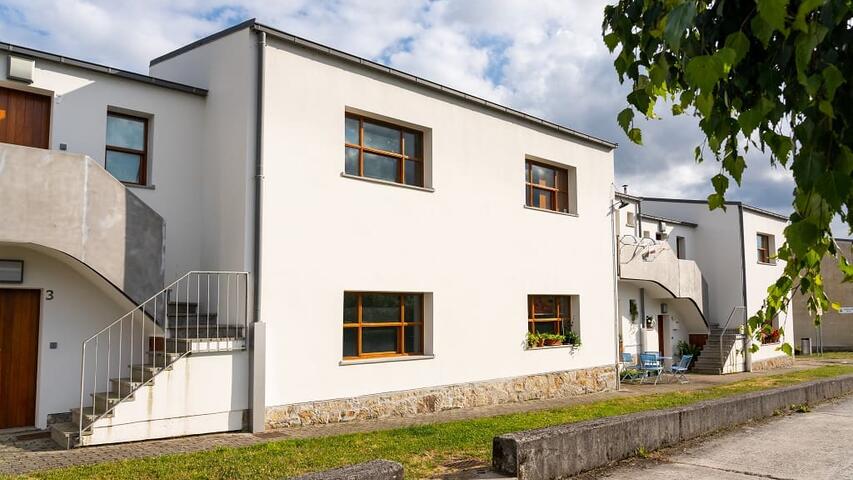Fontao: the mine of the great wars
Visit the mining village of Vila de Cruces, which supplied Europe with tin and wolfram for the manufacture of war material.
The Fontao mines were exploited for 90 years. At the end of the 19th century, the British engineer Henry Winter Burbury took over the property and promoted mining activity, initiating a period of prosperity in Vila de Cruces. This town played a decisive role in the national economy and in the development of the great wars in Europe. Its neighbours obtained tin and wolfram, which was used to build war material.
It was the fall in the price of minerals and the transfer of the wars to Asia and Africa that gradually left the galleries without activity around 1963. A decade later, the last open-pit mine was closed, and the frenetic activity of yesteryear gave way to a deserted scenario that today tries to keep alive the cultural and historical legacy of the region through a Mining Museum.
The history of Fontao is an exciting one. The initial stage, in which work was carried out in a rudimentary manner, was followed by the incorporation of the mining know-how imported by the English and French owners of the mine. This forged a leading industry capable of taking advantage of the price of metals in Europe at the time.
Recovering history
The Fontao Mining Museum aims to disseminate the cultural legacy directly or indirectly related to the Fontao mine by recovering documents, plans, publications, photographs and testimonies of all the material related to this subject and to ensure the conservation, recovery and enhancement of the industrial and mining heritage of Fontao. The collection is open to the public and can be visited in the communal facilities such as the old cinema, the chapel and the schools, as well as in the outdoor areas.

Big businessmen, engineers, adventurers, fugitive spies and republican prisoners gathered around the Vila de Cruces mine. Political prisoners forced to work during the dictatorship arrived at Fontao. Such was the level of activity that in 1956 the owners built an entire mining village around the galleries. It included housing, a football pitch, a school, a cinema and a church. After just five years, work ceased and in 1974 the mine was closed for good.
"It forged a leading industry capable of taking advantage of the price of metals in Europe at that time".
During almost a century of mining activity in the area, the landscape was modified and an important industrial and mining heritage was created, of which representative elements have been preserved that today help to understand what the years of splendour of the mine and the organisation of workers and neighbours were like.
Make the most of your visit to see the Camanzo monastery, the Baños da Brea Spa Hotel and the A Solaina House Museum, and taste the famous Vila de Cruces curral de Vila de Cruces.
You can't miss it...
- Outdoor Museum
- Old chapel
- Camanzo Monastery
- A Solaina House Museum
